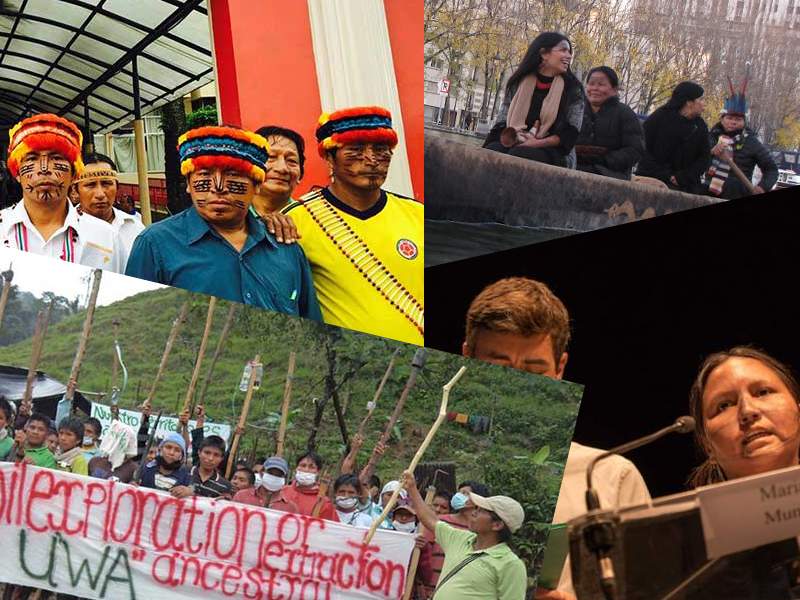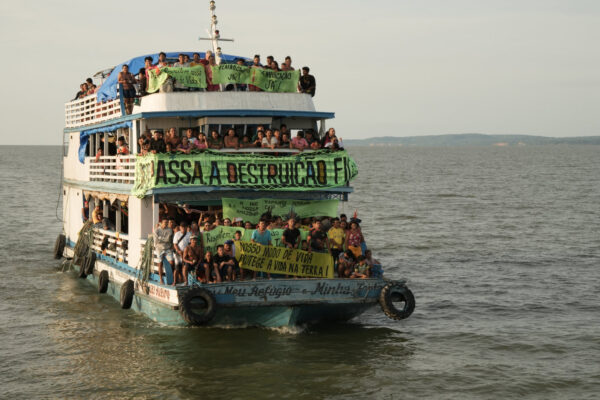The Amazon rainforest can seem unimaginably vast. Similarly, the fight to defend it from the onslaught of industrial-scale threats like oil drilling, logging, and huge dams can appear overwhelming. But across the region, local indigenous peoples and our work to support them is making the difference and protecting the lands they have known for centuries. In 2015, these five snapshots of success gave us hope that the Amazon has a chance to avoid ecosystem collapse, but only if we support its indigenous guardians.
Inspiring Struggle of Brazil’s Munduruku People Wins the Prestigious Equator Prize
The government won’t recognize their territory, instead favoring plans to dam the Tapajós River, the Amazon’s last major free-flowing tributary. The Munduruku have taken matters into their own hands, launching a self-organized process to map out the limits of their lands. Additionally, they have detailed what a proper “free, prior, and informed consultation” process would have to look like. For this, the UN Development Program recognized the exemplary nature of their Ipereg Ayu movement, one of 21 groups out of over 800 nominations.














